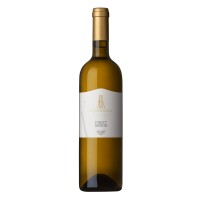Alto Adige
The northernmost region of Italy bordering Austria, Alto Adige was only ceded to Italy after the First World War, and its predominantly German-speaking inhabitants still call it the Sudtirol. Viticulture is centred on the main Adige valley wherever benchland and workable slopes are available. The climate is continental and the topography is definitely Alpine with vineyard altitudes ranging from 200m asl to 1000m asl. Winemaking ability and wine quality are excellent here, right across the board, all the way down to the co-operative level.
The region is famous for its crisp, cleanly made and aromatic whites, although red wine production is up over the last decade as growers are moving away from the traditional vine pergola training and replanting more efficient vineyards on wires. Viticulture has been going on for so long here that there is consensus as to which grapes should be planted where. High-altitude vineyards are dedicated to hardy Germanic vines like Riesling, Muller-Thurgau, Sylvaner and even Gruner Veltliner. The next tier down is home to Chardonnay, Pinots Grigo and Bianco, and Sauvignon Blanc. Gewürztraminer is centred around the town Termeno or Tramin, reputed to be its birthplace.
Reds here are in two camps: traditional indigenous grapes like Schiava, Lagrein and Teroldego Rotaliano or internationals like Merlot, Cabernet and Pinot Nero, introduced in the late 19th century. Modern viticulture is helping these Alpine reds find markets they never had before.
Showing the single result

